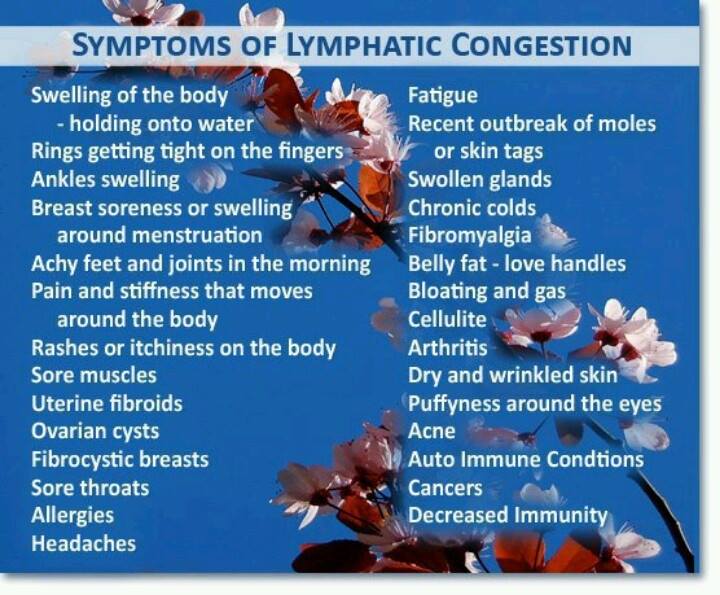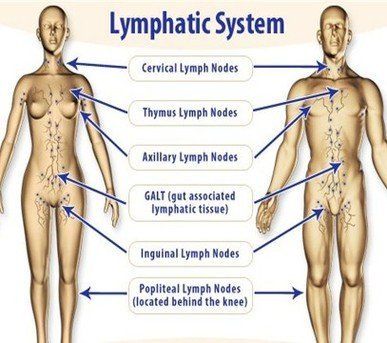It may sound like a medical procedure straight out of a science fiction movie—and spa clients may be initially turned off by its unglam name, but once they discover the benefits of lymphatic drainage massage, they’re hooked. Benefits of lymphatic drainage range from a decrease in facial puffiness and a boost in immune function to a smoothing of cellulite and a soothing of muscle soreness. After spa-goers have had a lymphatic drainage massage, they may never go back to a regular massage again!
The specific treatment, actually called manual lymph drainage (usually referred to as MLD) was developed in the 1930s in France by Emil Vodder, a Danish physical therapist, and his wife, Estrid, a naturopath. Their method is still taught to spa therapists at Dr. Vodder Schools around the world though not all therapists use the Vodder method; some learn lymphatic drainage through a course in massage school, or through training in Ayurveda or naturopathy.
Lymphatic drainage massage helps deliver cellular waste and microscopic villains like viruses and bacteria, which may cause cellulite, to the lymph nodes. These filter-like masses, which are found from head-to-toe, deliver this material to the liver, kidneys, and lungs. This drainage is essential because the lymphatic system lacks a pump of its own to transport the lymph through the body and must rely on movement, muscular contraction, and massage to flush the fluid.
A lymphatic massage lasts 90 minutes and consists of very gentle, rhythmic pressure, whispery soft finger strokes, or ultralight drumming —about the same as one would use to stroke the face of a significant other—and stretching the skin in the direction of the lymph pathways toward the lymph nodes. The logic is that this will counteract the lymph system’s tendency to become sluggish or even blocked by causes like spending too much time on the couch or eating unhealthy processed foods. Lymphatic drainage is credited with preventing swelling and bruising, healing acne and wrinkles, relieving fatigue and sports injuries, and generally enhancing the immune system, to name a few other benefits.
Lymphatic drainage is sometimes so relaxing that clients are lulled to sleep during treatments, and the fact that the massage doesn’t necessitate any direct pressure explains why it’s appropriate—and often prescribed—for reducing swelling following surgery or injury. Some basic light strokes include “stationary circles,” “pump,” and “scoop”—no kneading or deep muscle work. This massage is actually a draining process intended to firm and tone skin and to improve health.
No massage oils here, so lymphatic drainage can focus on the face, the entire body, or just on swollen and bloated areas. Those who decide to relax with lymphatic drainage should be prepared to feel a little off-kilter following a massage. (Like a post-party hangover, drinking lots of water is key!) Some spas may begin the massage by dry brushing the skin, which is another means of accomplishing lymphatic drainage.
Lymphatic-drainage massage is considered a staple practice for reducing swelling, relieving fatigue, or helping the body detox (removing waste from our own metabolic processes, not heavy metals or pollutants), which is why it’s included in spa fasting, cleansing, and smoking-cessation programs.



